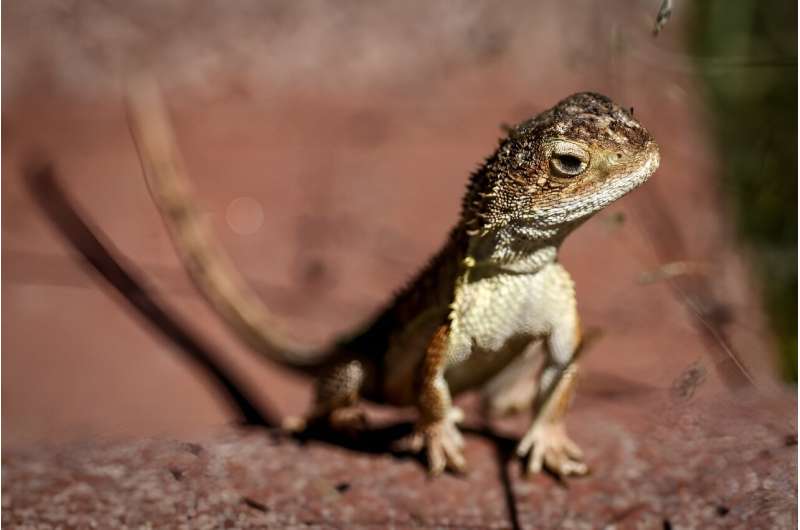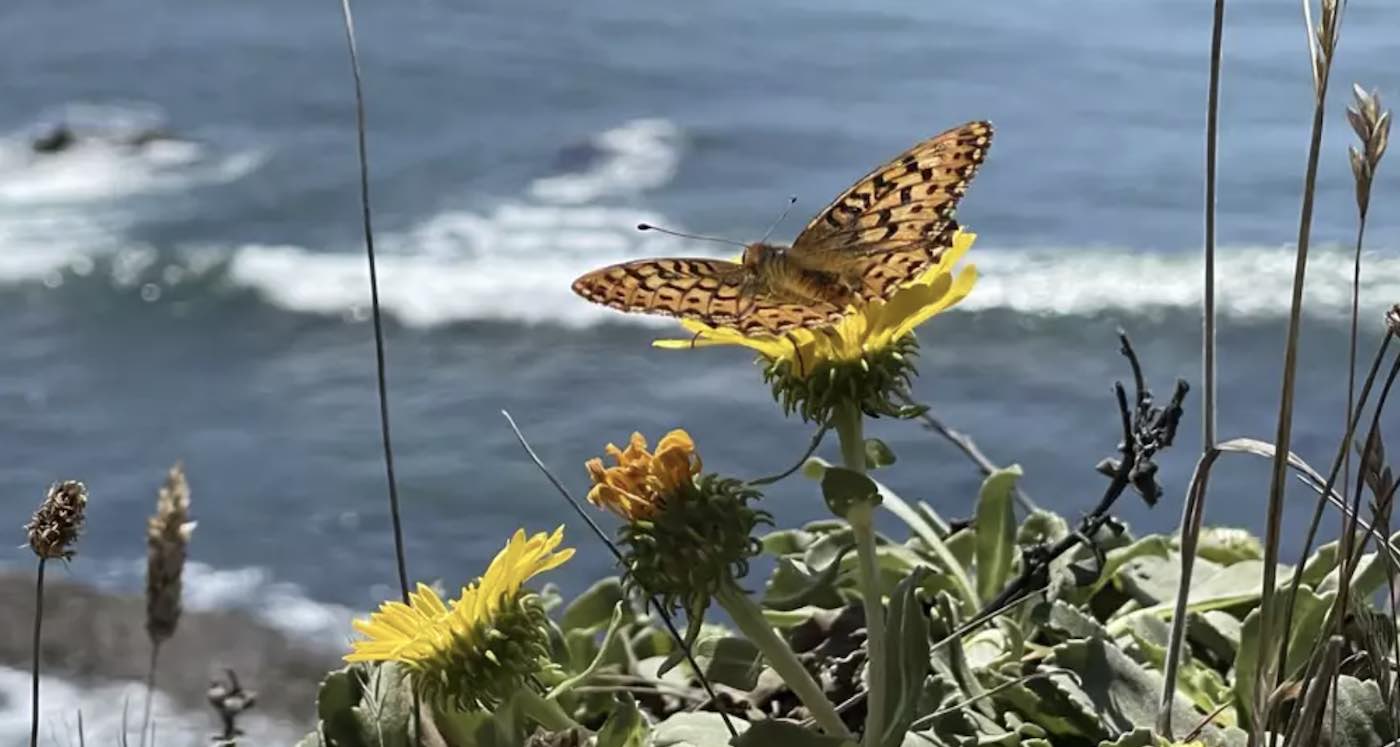In an extraordinary conservation effort, millions of specialized mosquitoes are being released in Hawaii from helicopters to prevent the extinction of the archipelago’s rare honeycreeper birds. These native birds, known for their vivid colors and unique songs, are facing a deadly threat from malaria transmitted by non-native mosquitoes, originally introduced in the 1800s by European and American ships.
Source: Nature on PBS/YouTube
The dire situation has led to the extinction of 33 honeycreeper species, with the remaining 17 species on the brink of extinction. Among them, the Kauaʻi creeper has seen its population plummet from 450 in 2018 to a mere five in 2023, with only one individual left in the wild. The Southern house mosquito, Culex quinquefasciatus, is primarily responsible for spreading the disease to these birds.
To combat this crisis, conservationists have employed an innovative technique known as the incompatible insect technique (IIT). This method involves releasing male mosquitoes infected with Wolbachia, a naturally occurring bacterium that acts as a form of birth control. When these males mate with wild females, the resulting eggs fail to hatch, thus reducing the mosquito population over time.
Since the program’s inception, 10 million mosquitoes have been released, with 250,000 more being dropped weekly across the islands. This strategy, although unconventional, aims to decrease the mosquito population to a level that no longer poses a significant threat to the honeycreepers.
Chris Warren, the forest bird programme coordinator for Haleakalā National Park on Maui, expressed the urgency and necessity of this project, stating, “The only thing that’s more tragic is if [the birds] went extinct and we didn’t try. You can’t not try.”
Besides their aesthetic value, the honeycreepers play a crucial role in Hawaii’s ecosystem by pollinating plants and controlling insect populations. They have evolved with unique beak shapes suited to different diets, ranging from nectar to snails.
This mosquito control project is a collaborative effort led by various groups, including the US National Park Service, the state of Hawaii, and the Maui Forest Bird Recovery Project, under the banner “Birds, Not Mosquitoes”. The project’s success will be more evident in the summer, a critical period for mosquito population growth.
Dr. Nigel Beebe of the University of Queensland, who has researched the IIT technique, highlighted its advantages over traditional pesticides, which often harm non-target species. He noted that while complete eradication of mosquitoes poses challenges, especially on the mainland, islands like Hawaii provide an ideal setting for such targeted conservation strategies.
This article by Nicholas Vincent was first published by One Green Planet on 25 June 2024. Image Credit :Kendall Collett/Shutterstock.
What you can do
Help to save wildlife by donating as little as $1 – It only takes a minute.




Leave a Reply